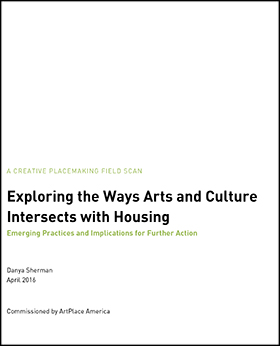Housing
Introduction
Affordable housing is a highly technical and often alienating field. But the connection between housing and culture is deeply felt: together, they comprise our sense of home, of identity, of belonging in a place. And yet, these sectors often are considered in isolation. Taking cues from visionary organizers and developers working to integrate arts, culture, and housing to strengthen communities and combat inequity, ArtPlace built on its early field scan research and working group efforts through partnerships with both NeighborWorks America and Enterprise Community Partners -- two of the three national affordable housing intermediaries. (The third, Local Initiatives Support Corporation, was a close partner on ArtPlace’s Public Safety and Workforce Development sector initiatives.)
ArtPlace’s partnership with NeighborWorks centered around a series of peer learning visits that informed the creation of a new course on arts, culture, and affordable housing at Neighborworks Training Institute (NTI) -- the largest professional development opportunity for community development practitioners in the country. ArtPlace worked with Department of Places to co-design the five learning visits, where an organization leading outstanding creative community development work hosted three other organizations (including NeighborWorks network members) to discuss a specific element of arts-integrated housing and workshop a project of their own.
The learning visits generated case studies and other materials that became the curriculum for the first arts-focused course at NTI, which launched in Pittsburgh, PA in December 2018. The course was well-reviewed and oversubscribed in its first three years, and became the foundation for a three-course certificate program in creative community development. ArtPlace Senior Research Consultant Danya Sherman continues to instruct NTI courses three times per year.
In 2018, ArtPlace partnered with Enterprise Community Partners to support the integration of community-engage artists into its renowned Enterprise Rose Fellowship program, which embeds architects and landscape architects in place-based community development organizations around the country. The pilot artist fellowships inspired reflection and lessons for the artists, host organizations, Enterprise as an intermediary, and the community development sector as a whole -- raising important questions about what we all can and should be doing to better support artistic and cultural practice in community development.
Field Scan
In September 2015, ArtPlace commissioned independent researcher Danya Sherman to lead an exploration of the intersection of arts, culture, and housing outcomes – focused specifically on work within the housing sector that seeks to build and maintain high quality housing affordable to low-and moderate-income individuals. Sherman’s research was conducted primarily through a literature review, an analysis of philanthropic and federal grants to creative placemaking practitioners and other projects that operate at the intersection of arts and housing, and long-form qualitative interviews with over two dozen practitioners and thought leaders around the country.
This investigation touched on housing trends ranging from the affordability crisis and equitable development to homelessness and vacancy. Through her analysis of both housing sector priorities and place-based arts and cultural work, Sherman uncovered six primary ways that creative placemaking strategies are helping to meet affordable housing goals. Arts and culture can:
- Articulate invisible housing challenges
- Nourish individuals and communities who have experienced housing-related trauma
- Organize housing campaigns
- Bridge disparate neighborhood residents
- Stabilize vulnerable communities
- Generate economic development for communities who are structurally barred from access to capital
Download the full field scan, Exploring the Ways Arts and Culture Intersects with Housing: Emerging Practices and Implications for Further Action, to learn more.
Working Group
Co-convened by ArtPlace America, Enterprise Community Partners, and the Kresge Foundation
Ramona Alexander, Dudley Street Neighborhood Initiative
Miriam Axel-Lute, Shelterforce Magazine
Ellen Baxter, Broadway Housing Communities
Laurel Blatchford, Enterprise Community Partners
Julie DeGraaf Velazquez, McCormack Baron Salazar
Eileen Fitzgerald, Stewards of Affordable Housing for the Future
Salin Geevarghese, U.S. Department of Housing and Urban Development
Rick Goodemann, Southwest Minnesota Housing Partnership
Colin Hamilton, Artspace
Theresa Hwang, Department of Places
Fred Karnas, The Kresge Foundation
Rasmia Kirmani-Frye, New York City Housing Authority
Danielle Lewinski, Center for Community Progress
Mark Matel, Nuestra Comunidad Development Corporation
Gina Reichart, Power House Productions
Ben Phillips, Housing Partnership Network / Develop Detroit
Danya Sherman, MIT Department of Urban Studies and Planning
Ascala Sisk, NeighborWorks America
Regina Smith, The Kresge Foundation
Ken Stewart, Rebuild Foundation / University of Chicago Arts + Public Life
Katie Swenson, Enterprise Community Partners
Nick Tilsen, Thunder Valley Community Development Corporation
Nia Umoja, Cooperative Community of New West Jackson
Sherry Wang, Goldman Sachs Urban Investment Group
Jeff Yuen, New Jersey Community Capital
Diana Yazzie-Devine, Native American Connections
Facilitator: Monitor Institute
Case Studies
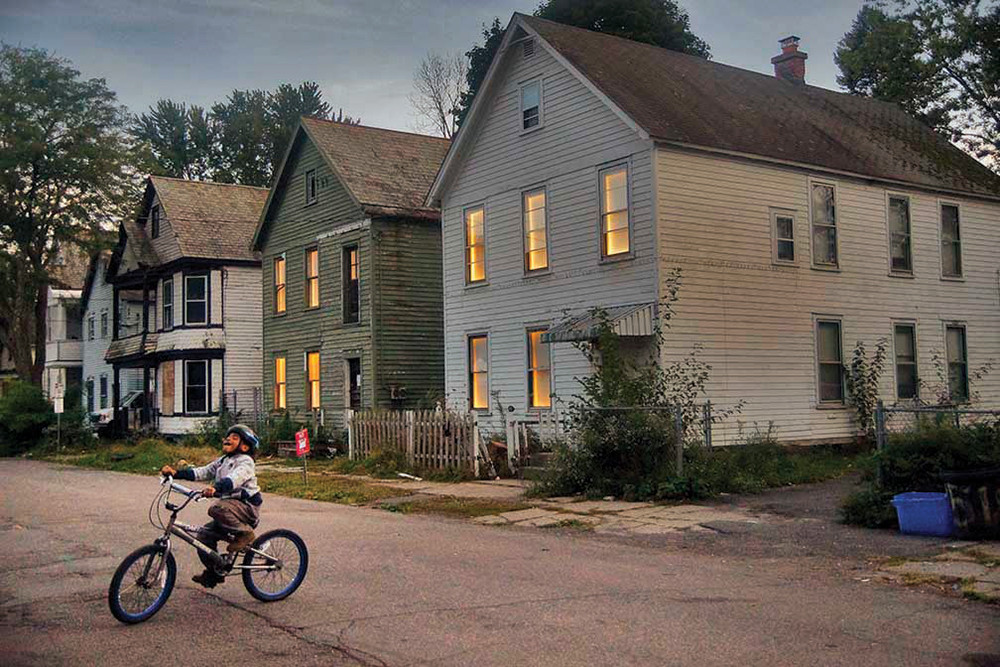
Photo by Lawrence White
Artist Adam Frelin and architect Barbara Nelson, in collaboration with local governments of three cities in upstate New York, Rennselaer Polytechnic Institute, and dozens of other partners, will illuminate hundreds of vacant homes over a period of several months. The project will bring attention to the overwhelming problem of vacancy in these cities, which are often referred to as legacy or post-industrial. The project seeks to beautifully and creatively spark a higher volume of dialogue and eventually action by bringing more creative attention to the spatial environment in need of revitalization. Breathing Lights also includes a summit on the problem of vacancy in an effort to translate this project into additional economic benefits.
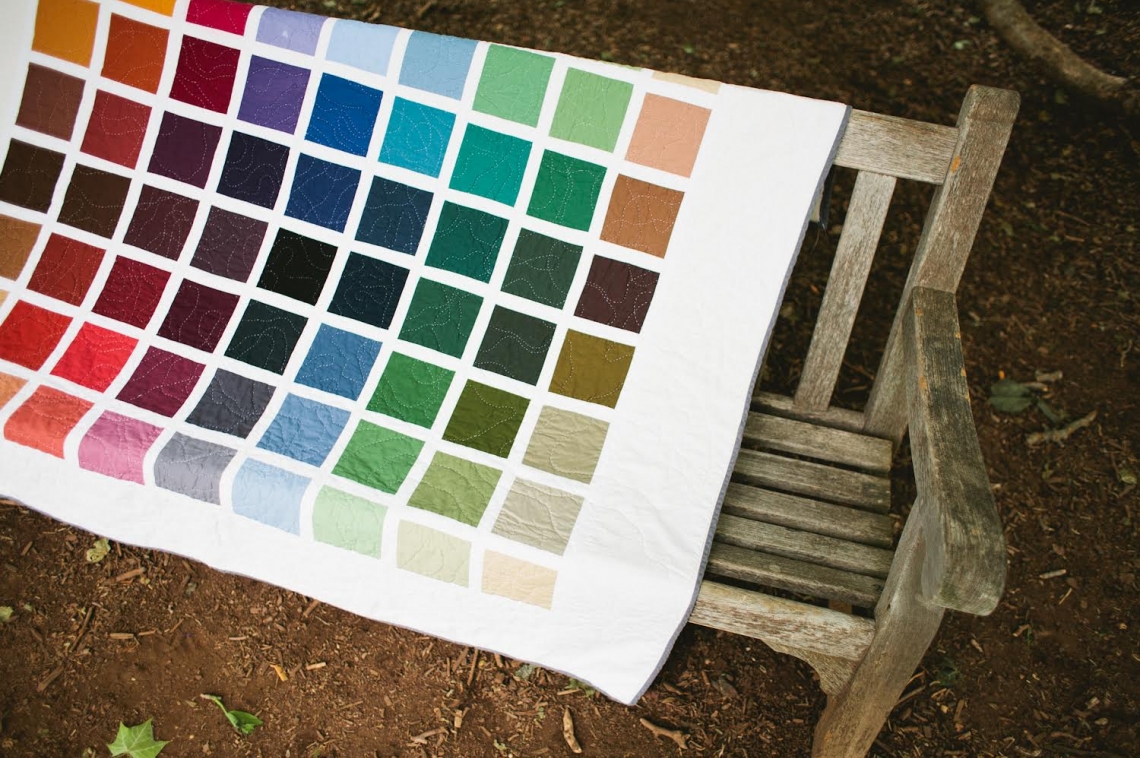
Image courtesy of: The Haven
The Haven is a homeless services organization in downtown Charlottesville. The Haven has always worked to acknowledge the importance of a beautiful, creative, and restorative environment in homeless service provision. The shelter is located in a reused building downtown, which Executive Director Stephen Hitchcock noted feels special as soon as you walk-in – especially in comparison to the average shelter, which can often feel barebones and clinical. The Haven has partnered with New City Arts for years on various programs, most recently the Housing 2 Home program, funded by ArtPlace America. The program came about at the suggestion of a volunteer who was trying to help a newly placed, formerly homeless individual to make their new house a home, and suggested that they bring in artwork to do so. The Housing 2 Home program will pair a creative organizer to bring such resources to more formerly homeless individuals. This program is expected to nourish the soul of program participants as well as help with the Haven’s bottom line, given that whether a newly placed individual stays in their home for 6 – 12 – 24 months is a key indicator for success.
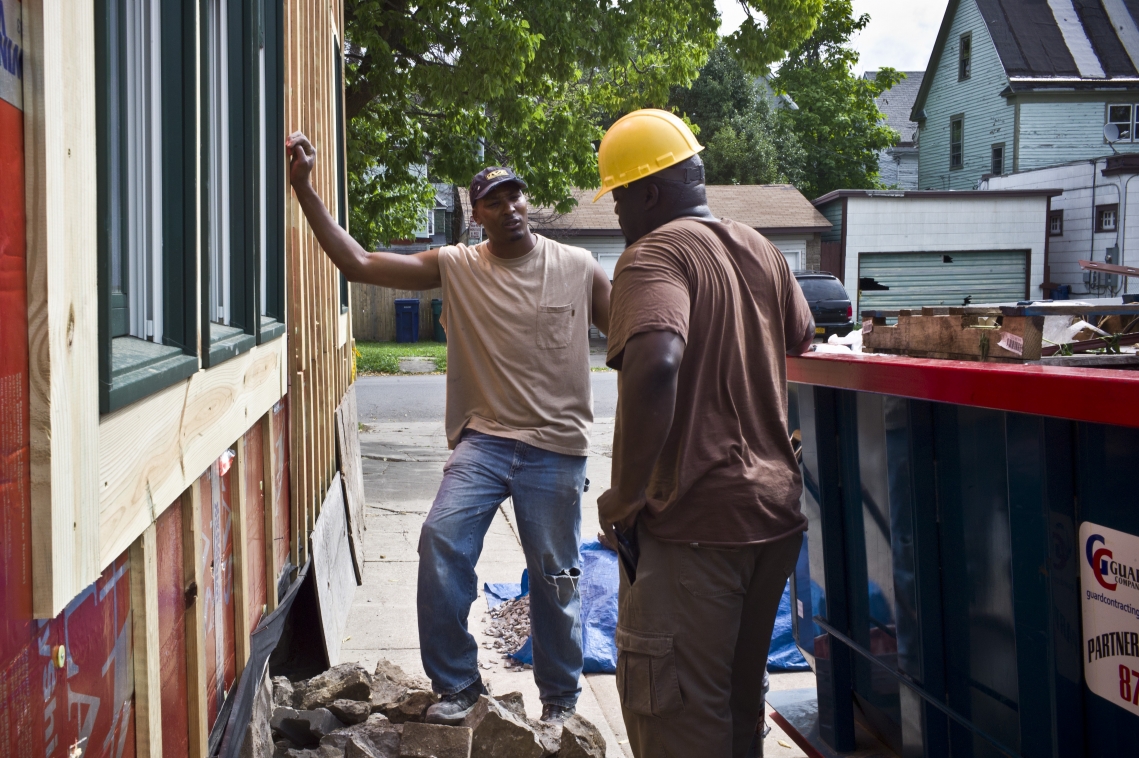
Image courtesy of: PUSH Buffalo
PUSH Buffalo is a multi-issue organization, combining community organizing, political advocacy, housing development, and more. By staying focused on a specific neighborhood over a long period of time and maintaining deep roots in its residents and organizers, PUSH has found itself naturally including arts-based organizing strategies into its activism and community development work to boost effectiveness. In order to focus on comprehensive community development, PUSH created its housing arm, the Buffalo Neighborhood Stabilization Company, to develop and maintain affordable housing for its residents. Aaron Bartley, Executive Director, identified key cultural factors for successful community organizing and housing development: relevance, dynamism, energy, and fun, even if the issues themselves are technical or dry. PUSH has its own drumming and dancing troupe, has supported mural development by people living in the neighborhood, held two summer concerts per year showcasing local and regional talent, and more. They work to make these practices internal to the organization as a way of building community, strengthening, and celebrating their work. And now, a yearly community congress identified the need for an old school building to become and arts and community center, which is now under development, and will add important value to its housing development and other initiatives.
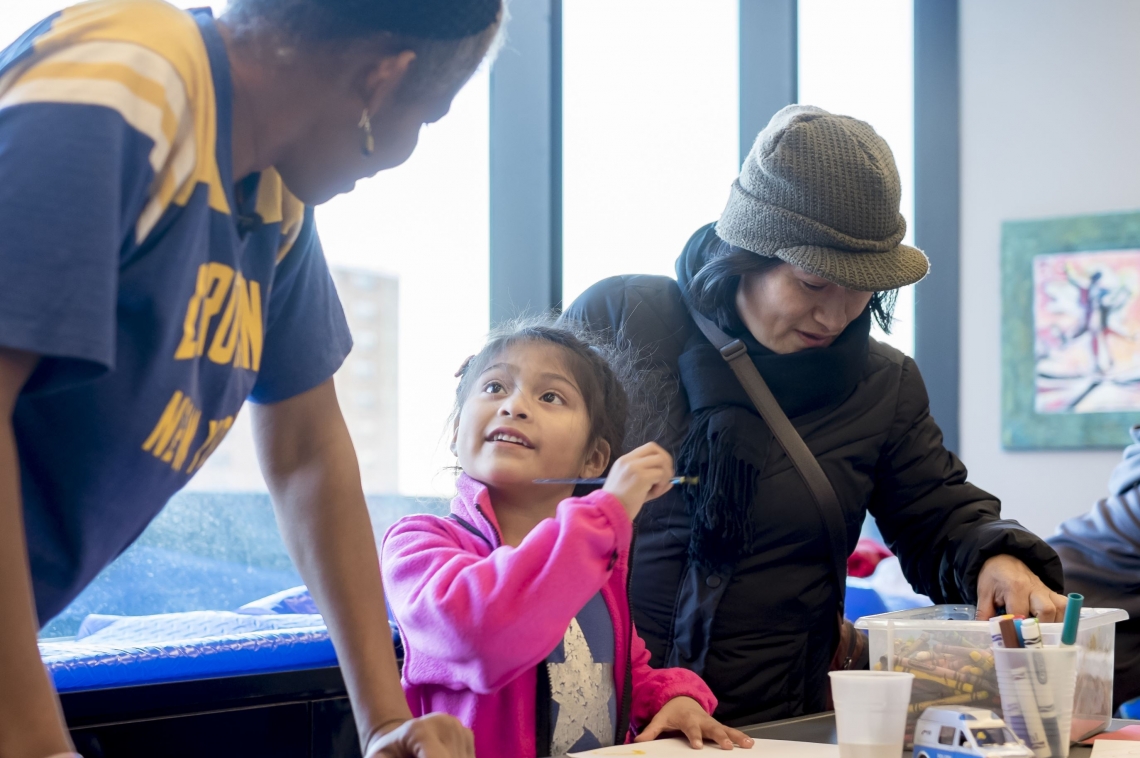
Image courtesy of: Broadway Housing
Broadway Housing Communities (BHC), a supportive and affordable housing developer, is breaking through constraints and barriers to innovate new forms of affordable housing for low-income individuals and families. The recent Sugar Hill Housing Development created 124 units of affordable housing as well as a new Children’s Museum of Arts & Storytelling in a building designed by high profile architect David Adjaye. The project built upon BHC’s previous incorporation of the arts into supportive housing developments, which began when a community organizer who was also an artist curated a show in the building. BHC found that this brought new non-residents into the building and helped break down longstanding barriers and biases between members of the neighborhood. Executive Director Ellen Baxter is excited to begin programming the new Museum space and is hopeful that it will continue to be a cultural resource not just for residents but also for broader Harlem and New York City communities, placing the building on a cultural map of the city.
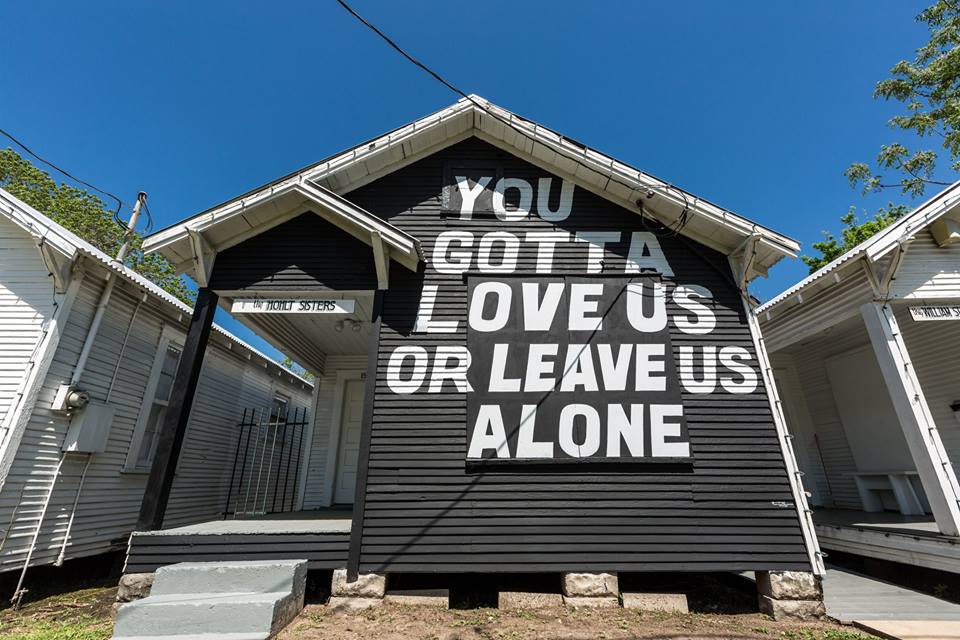
Photo by Alex Barber, courtesy of Project Row Houses
Project Row Houses (PRH), an early practitioner of arts-based cultural and community-based housing development, is focused on the preservation of a mixed income African American community in a rapidly gentrifying neighborhood of Houston. PRH began in the 1980’s as a project by and for local African American artists, and began by salvaging and preserving several vernacular row houses for artists’ studios and galleries. Building on the attention they received as innovative, socially engaged artists, PRH has successfully preserved and developed over 50 units of housing as well as continued to build several spaces for galleries and artists in the culturally historic row house style. Since then, the Third Ward of Texas, located proximately to downtown, has seen increasing real estate development pressure that is making it difficult to retain the historic African American community and neighborhood environment, especially for those of low and moderate incomes who are particularly vulnerable to long-term unemployment. PRH is now partnering with churches, landowners, renters, politicians, and more in the neighborhood to convene the Emancipation Economic Development Council. The Council is pursuing several strategies, including land trusts, anchor institution development strategy, and others to address community stabilization and wealth creation comprehensively and in ways that address structural dynamics, but beginning necessarily with the ability to remain in housing. This partnership allows the arts to “stay nimble,” and not rely on arts-based leaders for everything that they may not be expert in.
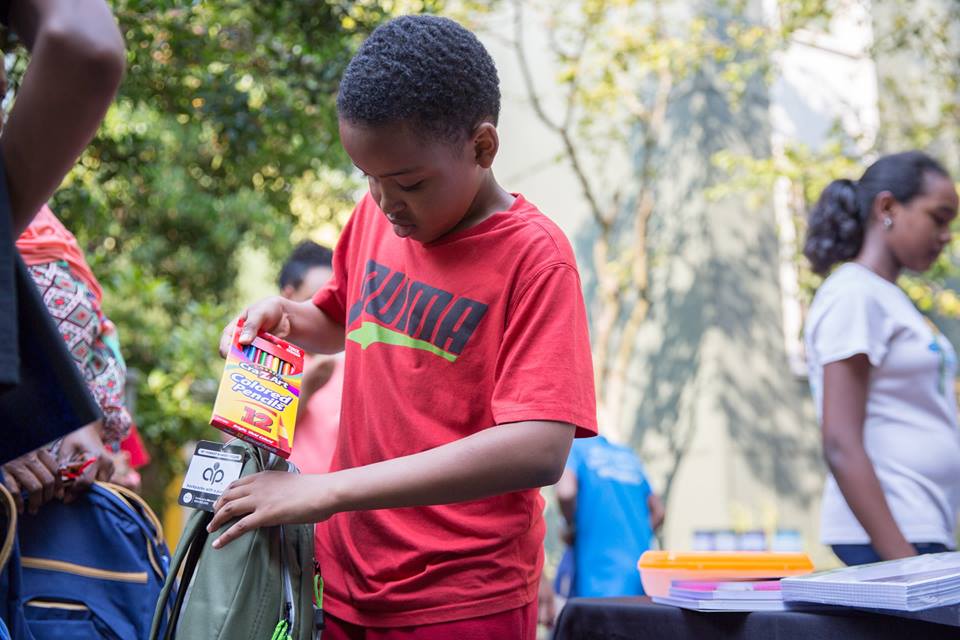
Image courtesy of: Capitol Hill Housing
Capitol Hill Housing is an innovative community development corporation that develops affordable housing and mixed-use developments in the rapidly gentrifying Capitol Hill neighborhood and others throughout Seattle. This award-winning CDC creatively leverages partnerships with arts organizations to build affordable housing (as well as providing other spaces mixed uses). The 12th Avenue Arts building contains restaurants on the first floor, which are buoyed by two flexible theatre spaces, nonprofit office space, and 88 apartment units. Their forward-thinking, place-based strategy gives them deep local knowledge, making it easier to develop projects across a portfolio that incorporates affordable housing, the arts, and commercial activity.






